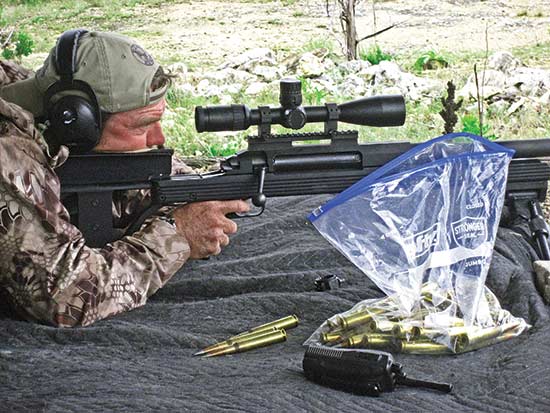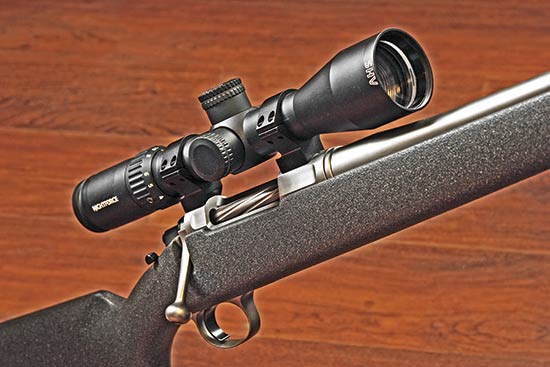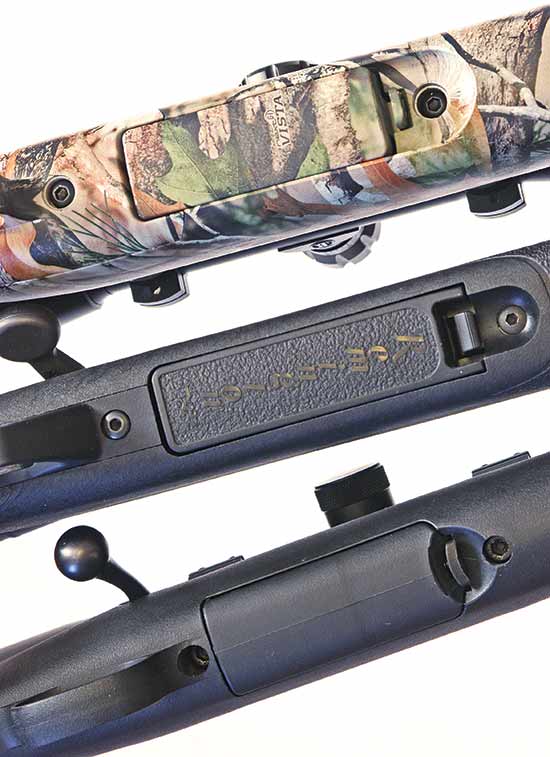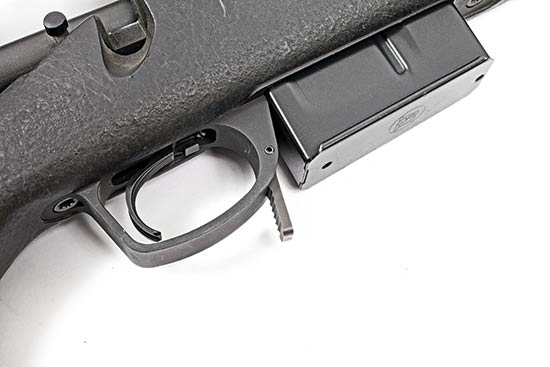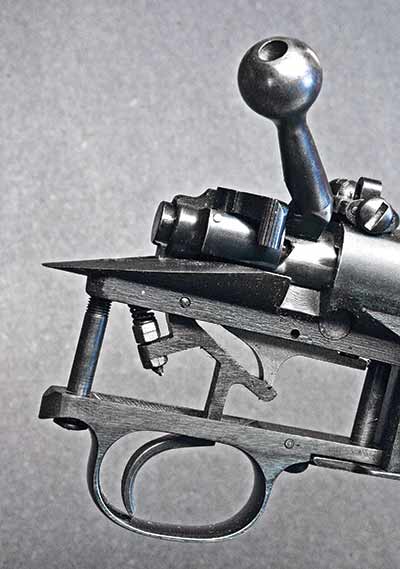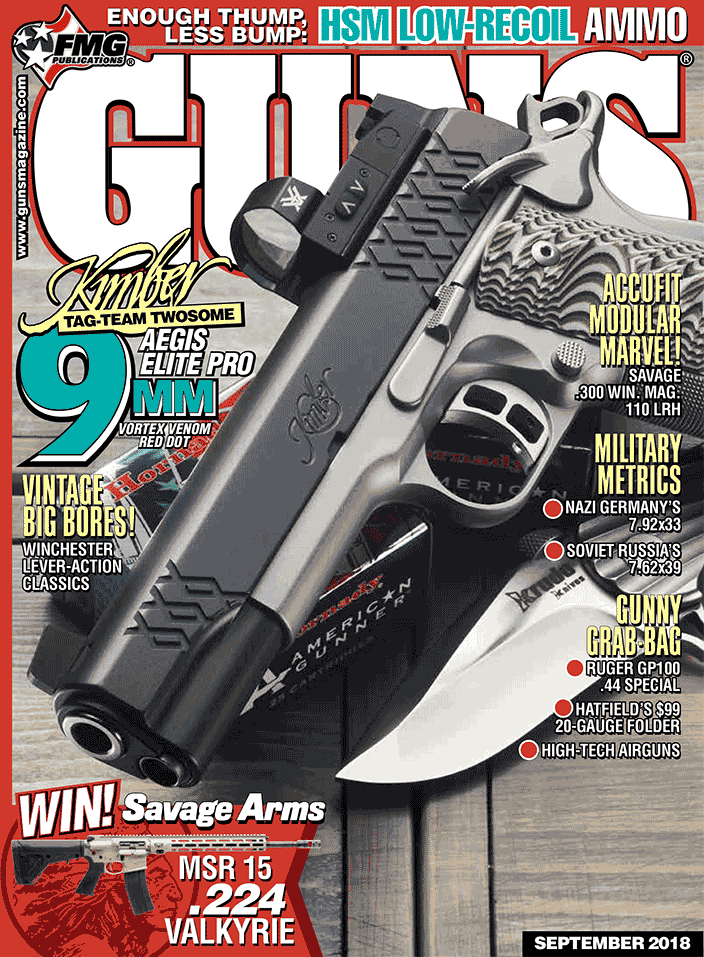Over-Engineered Afield
In the 1980s I guided for big game in Montana for a few years, and some hunters brought rifles with more technology than they could handle. Back then most native Montanans used pretty simple rifles, many still equipped with fixed-magnification scopes or even iron sights. But visiting hunters often brought fancier rifles and scopes, usually bought specifically for their Big Hunt Out West.
My first encounter with an over-teched hunter took place on opening day of pronghorn season. I was guiding a guy from Maine, where he’d killed plenty of whitetails and one bull moose with his 7mm Remington Magnum, though none much beyond 100 yards.
The day before we’d check-shot the rifle on a 100-yard target to make sure the airlines hadn’t un-centered his scope, a 4-12X variable. He’d previously used a plain 4X, but a couple of his buddies told him he needed more magnification for the wide-open spaces. Neither had even seen a pronghorn, but were certain they knew what he needed.
The next morning while driving toward the part of the ranch where I’d planned to start hunting we encountered a big buck unexpectedly amid a few does. The herd stood calmly 200 yards away, as they often do on opening day. We eased out of the pickup and walked bent-over to a low rise a few yards away. After we got prone, I shoved my fingertips in my ears and waited for the shot. And waited …
When I turned to see what might be holding things up, my hunter was looking through his binocular. After an emphatic suggestion from me, he dropped his glasses and started aiming, and I re-plugged my ears. Still no shot, so I glanced over again, finding him fiddling with the scope’s magnification ring. Somehow he believed 4X wasn’t enough magnification for a 200-yard shot, so was cranking up to 12X. Hey, that’s why he bought the variable!
In the meantime, the herd grew nervous about the odd movements on the little hill and started to walk off. Opening-day antelope often do this, but usually stop again for another look. They did — but by the time my guy found the buck in the small, 12X field of view, they’d started walking again. He shot anyway, missing of course. Then they really took off.
Scopes Grow Lumps
That was 30 years ago, long before laser rangefinders and scopes with adjustment turrets designed to be dialed in the field. So today’s hunters have even more choices for screwing up, perhaps because they’re even more influenced by social pressure.
I know a Midwesterner who never shoots deer beyond 250 yards, yet he has a “dialing” scope on his 6.5 Creedmoor — because all his buddies have one on their 6.5 Creedmoors. So he dutifully dials the scope to shoot deer after carefully ranging them from his stand.
Recently my friend D’Arcy Echols, a custom riflemaker in Utah, had considerable trouble mounting a new high-tech scope on a customer’s Winchester Model 70. D’Arcy mounts any scope a customer provides, and since his rifles are pretty pricey the scopes tend to be as well. The client wanted the scope mounted as low as possible, of course, because that’s what most hunters want. And of course the scope was a big variable with sufficient magnification range for bighorn sheep across valleys or charging grizzly bears up close.
Like many new variables, it also had an enlarged bump on the magnification ring, with a threaded hole mounting a “throw lever.” Throw levers are popular among some competitive shooters these days, so they can shoot targets from 10 to 1,000+ yards as quickly as possible. Many hunters think if such are scopes good enough for top-level target shooters, they should be great for hunting.
This scope didn’t include a throw lever, but the throw-bump caused troubles with the bolt handle when set on the lowest magnifications — where a hunter might have the scope set when, say, following up a previously-shot grizzly. At best there wasn’t much room for a hunter’s fingers on the bolt, and at worst the bolt handle hit the throw-bump. D’Arcy figured mounting the scope close to 3″ high — as it would be on “tactical” competition rifles, equipped with adjustable cheekpieces for the proper cheekweld — would solve the problem. But this was a light hunting rifle.
Scopes aren’t the only problem, though in my experience they’re the primary source of evil in hunting rifles. Another friend, Phil Shoemaker, is an Alaskan Master Guide who’s been taking clients after big brown bears on the Peninsula for several decades. Not long ago he had a client show up with a long-range bear rifle chambered for one of the .416 magnums, weighing around “half a ton” (Phil’s estimate). It had a high-magnification variable mounted high enough to clear the bolt handle, because the rifle had a tactical-type stock.
Nature Can Cause Chaos
Phil didn’t say much, but hoped they encountered a bear in the wide-open, where the rifle would be far more useful than in typical brown bear cover, such as the alders along a salmon stream. They never got to find out, because the rifle also had a complicated target trigger with many small parts, and after a day or so in the cool, moist Alaskan air the trigger refused to work.
Another feature some new “hunting” rifles often borrowed from tactical-type rifles is a detachable magazine. These work great for reloading while whacking away rapidly at targets, but many have relatively large release levers, sticking down below the action. I’ve known more than one hunter who hiked into the woods and found his magazine had gone AWOL. And the exposed adjustment turrets of some “dialing” scopes have also been known to inadvertently turn when exposed to the harder parts of Mother Nature.
Now don’t take this wrong. I own several rifles with high-mounted, field-adjustable, high-magnification scopes, finely adjusted triggers, and detachable magazines. They’re marvels of mechanical engineering, and I even use them for certain kinds of hunting. But some hunting isn’t particularly suitable to such rifles, and no hunt will be more successful because a variable scope is equipped with a throw-lever, or even a throw-lever bump.
One reason many 21st-century hunters choose to use such equipment isn’t because it’s needed, but because most hunters — like most Americans — now live in “metropolitan statistical areas.” It’s difficult for them to get out and shoot, much less hunt. When they do shoot at a local range, they’re often influenced by other shooters, many of whom don’t get out to hunt much either.
Many try to compensate by buying nifty equipment. Shooting can be an interesting engineering problem, especially at longer ranges, but relatively little hunting takes place where complex engineering is necessary. For hunters who don’t get into the field as much as they’d like, a rifle offering fewer choices results in fewer possibilities for screwing up, even if it won’t shoot half-inch groups off a benchrest at the local range.
That would be the same local range where we might never discover our bolt-handle won’t work with our super-scope turned down its lowest magnification.
